Gambling has been around since antiquity, but do you know what the journey to the present day looked like? From the Ancient Greeks to the modern casino, join us on a tour of gambling’s fascinating history! You’ll be amazed at how this timeless activity has changed over the years.
Contents [show]
Gambling in Modern Times
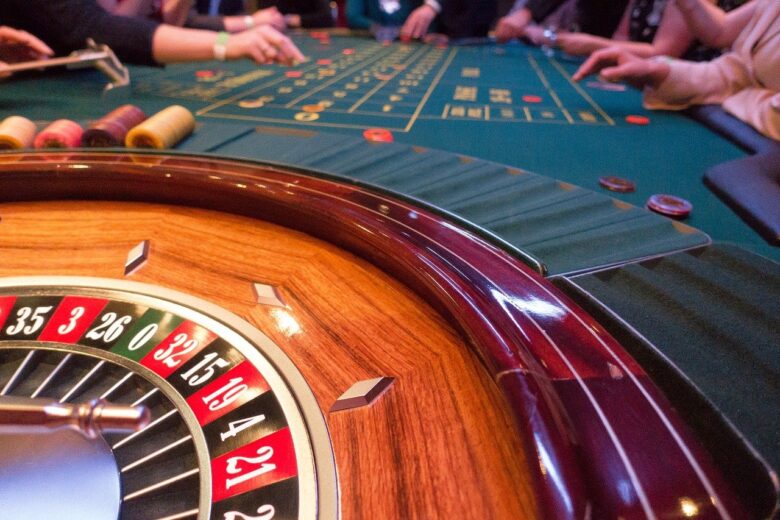
Source: bn1magazine.co.uk
Today, gambling is a global phenomenon and is enjoyed on every continent around the world. In comparison to earlier times, today’s approach to gambling is much more organized and regulated. Various countries have developed their own sets of laws to regulate gambling activities and protect the interests of consumers.
In addition to providing greater consumer protection, having legalized gambling makes it easier for government bodies to collect taxes on gambling activities. This means that governments across the world can benefit from the funds generated from regulated gambling activities, although this does depend largely on the nation’s attitude towards gambling.
Modern-day casinos offer a plethora of games such as blackjack, craps, roulette, and slots that can be found all over the world from Las Vegas to Monte Carlo. Gaming technology has become exceedingly advanced in recent years with mobile gaming becoming increasingly popular; poker tournaments are held regularly worldwide for players of all ages; horse racing continues to remain one of the most popular forms of legal betting in many countries around the globe; fantasy sports have taken off massively in recent years with an international appeal; bingo remains as one of America’s favorite pastimes today; while eSports as large entertainment events also attract millions of viewers eligible to bet on outcomes – just some examples which reveal how quickly this industry has evolved in recent decades. Visit here if you want to experience it firsthand.
During the Industrial Revolution
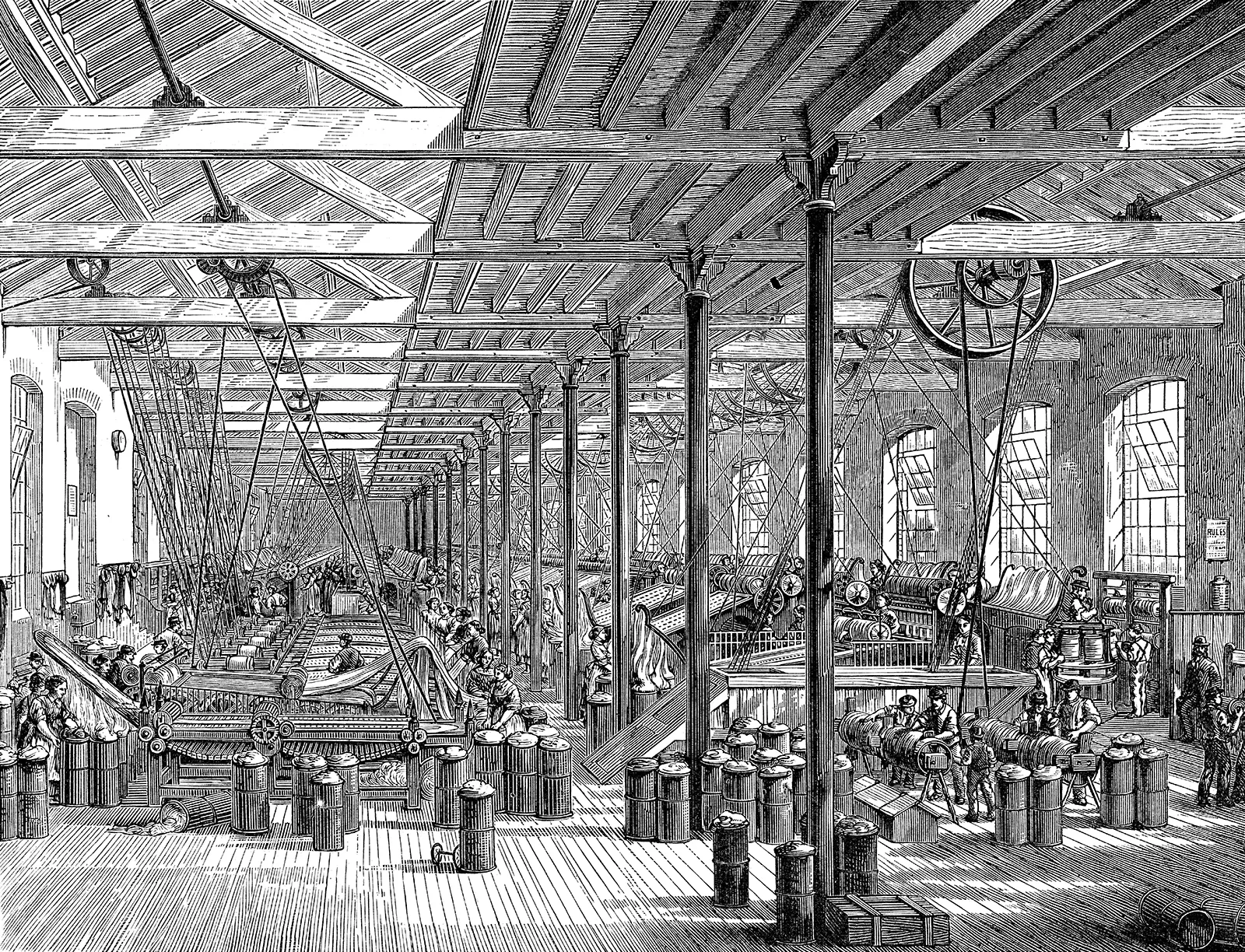
Industrial Revolution
Gambling during the Industrial Revolution is a period often overlooked in traditional histories of gambling. With the invention of new technologies and the rise of industry, betting games and other forms of gambling became more accessible to larger audiences than ever before.
One way this was accomplished was through taverns, which began to pop up in large numbers during this period, often combined with coffeehouses or tea rooms. These establishments soon became venues for gambling activities such as card games and dice games, attracting a diverse range of patrons from all social classes. An offshoot of these taverns were clubs that were established for more high-level gamblers, who would use their own rules and regulations to govern their betting games.
The Enlightenment

Source: thoughtco.com
During the Age of Enlightenment in Europe, gambling experienced an upsurge in popularity, which slowly started to shift the perception of gambling from something outré and illicit to an increasingly accepted pastime. This change in view also opened the door to both profiteers and entrepreneurs alike, who were more than willing to take advantage of the newfound acceptance of gambling with titillating innovations.
The seed of sophistication that was planted during the intellectual revolution of the 1700s resulted in wagering being culturally sanctioned as a legitimate leisure activity. The increased privacy afforded by private gaming rooms allowed patrons to enjoy their pursuits away from prying eyes and meddlesome authorities. Games such as Macau (a variation on roulette) were immensely popular during this period, with many private high-end casinos offering members-only experiences funded by investors and housed “above board” in establishments like coffeehouses or pleasure gardens.
The Renaissance
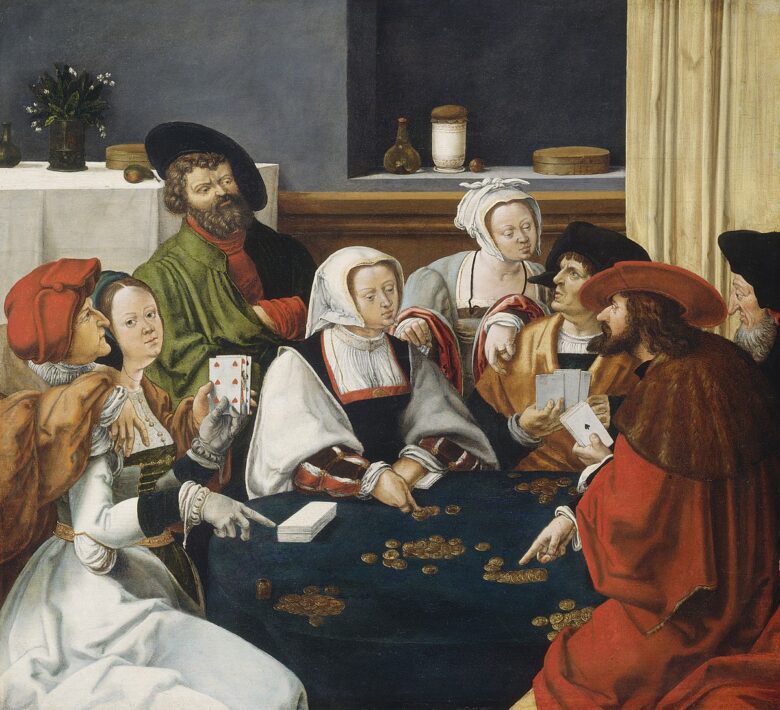
Source: en.wikipedia.org
The Renaissance period marks the end of the Dark Ages and the dawn of a new era. This was a time when Europe was beginning to move away from its medieval roots, instead embracing new ideas in art, science, and culture. The melting pot of civilizations that grew, as a result, gave rise to gambling as we know it today.
During this period, some important transformations occurred in how people gambled. Before this time, most people participated in gambling for fun or for entertainment but during the Renaissance, it became more than just an after-dinner activity; it became a form of business, with gambling houses set up in many towns and cities throughout Europe. Tarot cards were largely used for divination and gaming purposes and were looked down upon by some public officials, although this didn’t stop people from enjoying their favorite pastime.
Along with playing card games such as primero (the ancestor to poker) and Brando (a precursor to baccarat), dice games such as hazard (the ancestor to craps) also grew popular during this period thanks mainly to Arab traders who had introduced them into Europe centuries earlier. Popular board games like these helped shape the future of modern casino gaming around the world.
The Middle Ages
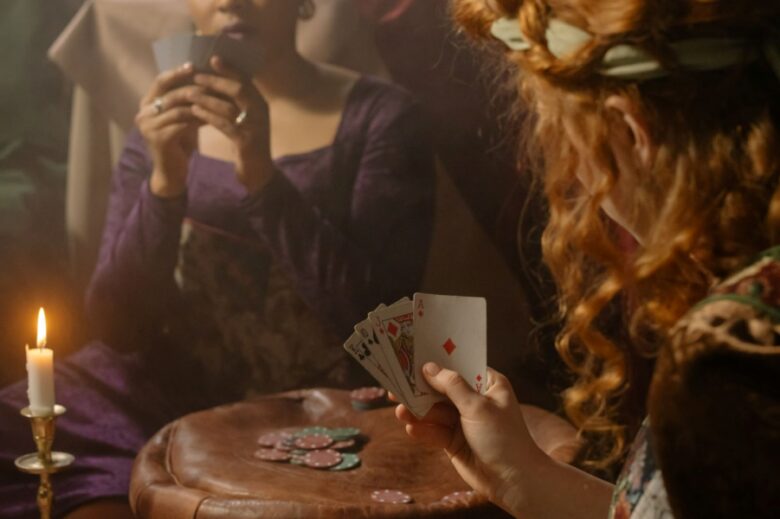
Source: t2conline.com
Dice games were often used to determine the outcome of tournaments and knighthood ceremonies, as well as to decide who would receive inheritance or title payments. This made them a popular form of gambling during the Middle Ages. They were usually played in secrecy due to their illicit nature, but wealthy citizens could still find players willing to take part in such illegal activities in taverns and inns.
Sports betting was popular among the upper classes during this period. Events like jousts, horse races, and battle re-enactments attracted large audiences as well as enthusiastic gamblers who liked to place their money on different outcomes. With few forms of organized entertainment available at that time, many people placed bets on any type of sporting activity they could find in order to pass some time and make some money out of it too!
Ancient History
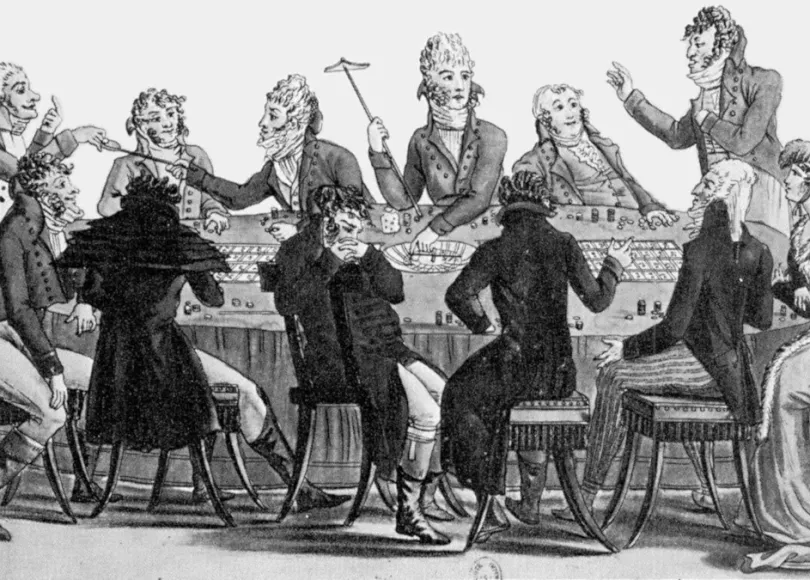
Source: auralcrave.com
Gambling has a long and colorful history that stretches back thousands of years and spans continents. Ancient civilizations in Egypt, China, India, and Greece all engaged in games of chance that would influence the modern forms we know today.
The earliest form of gambling was bone tossing, which dates back to 20 T.B.C. Bone tossing evolved over time into knucklebones, which was exceptionally popular in ancient Greece. The game involved throwing four livestock bones into the air and guessing their outcome as they landed – similar to today’s game of craps.
Horse racing was first documented by the Greeks in 700 B.C., but it traces its roots even further back to ancient Babylonian cultures around 1600 B.C., making it one of the oldest forms of gambling entertainment on record. This popularity extended to Rome where chariot racing soon developed as another popular form of betting entertainment enjoyed by millions until its decline in the 4th century AD when Emperor Constantine banned these tournaments because they had become too bloody and dangerous for spectators!
Conclusion
Gambling has come a long way since its origins in antiquity. What was once an activity conducted by ancient civilizations, is now a global industry with casinos on every continent and online operations running around the clock. Its prevalence worldwide means that gambling and its associated issues have become much-discussed topics in the political debates of many countries.
